America’s first female spacewalker has made history yet again, this time by becoming the first woman to dive to the lowest known point on Earth, known as Challenger Deep, in a submersible expedition vehicle.
Former NASA astronaut and oceanographer Kathryn Sullivan, 68, returned from Challenger Deep, located in the western Pacific, on June 7. She and her pilot, ex-Naval officer Victor Vescovo, dove almost 36,000 feet into the Pacific Ocean’s Mariana Trench off the coast of the Philippines in the submersible DSV Limiting Factor. The dive was organized by EYOS Expeditions.
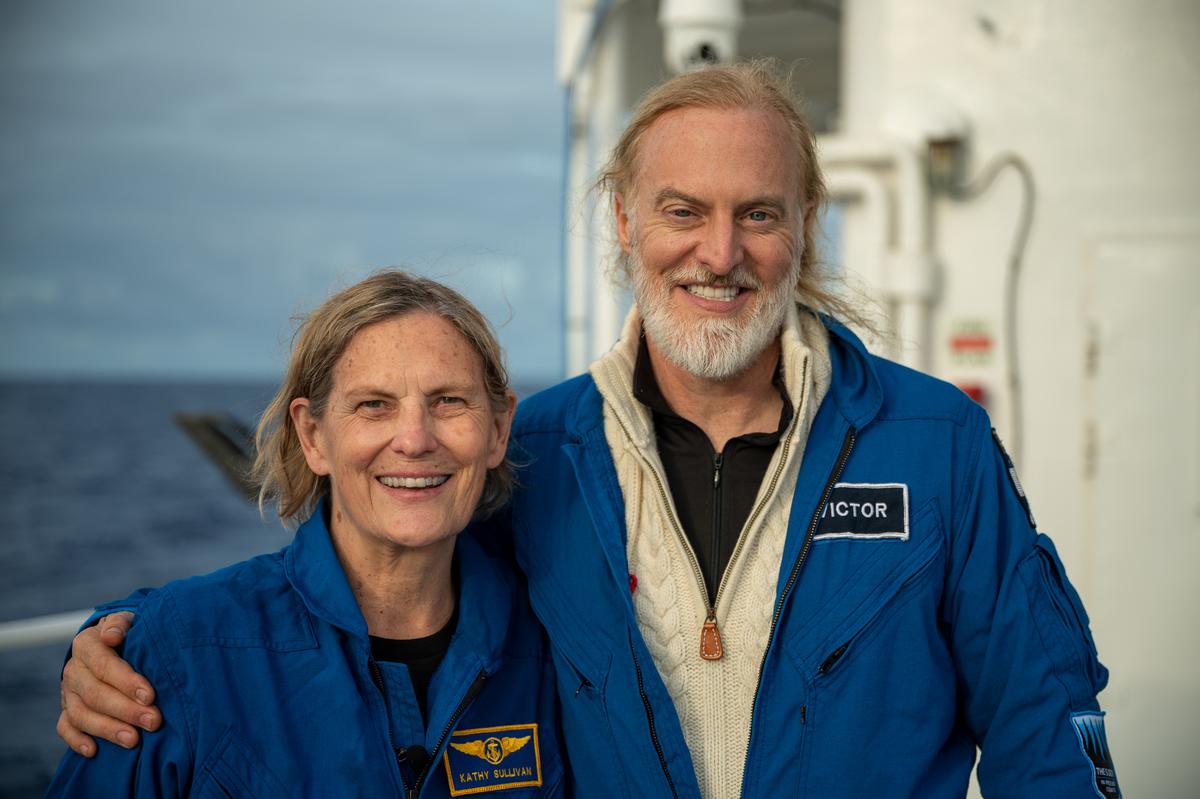
“This is the most exclusive destination on Earth,” EYOS’s expedition leader Rob McCallum said in a press release. “More people have been to the moon than to the bottom of the ocean.”
After making a safe return to Limiting Factor’s docking ship, DSSV Pressure Drop, Sullivan and Vescovo made a momentous phone call to the International Space Station (ISS) to mark the occasion.
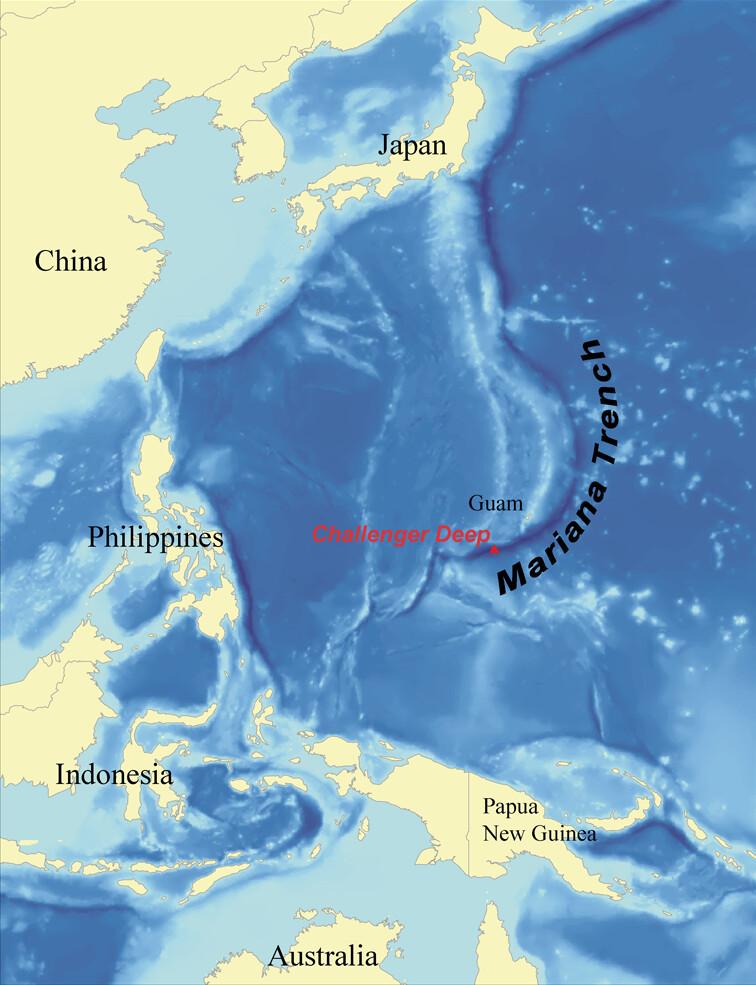
“We made some more history today,” added her colleague Vescovo, a veteran expeditioner who has scaled Mount Everest and is the fourth person ever to reach Challenger Deep. “It was a pleasure to have Kathy along, both as an oceanographer during the dive and then as an astronaut to talk to the ISS.”
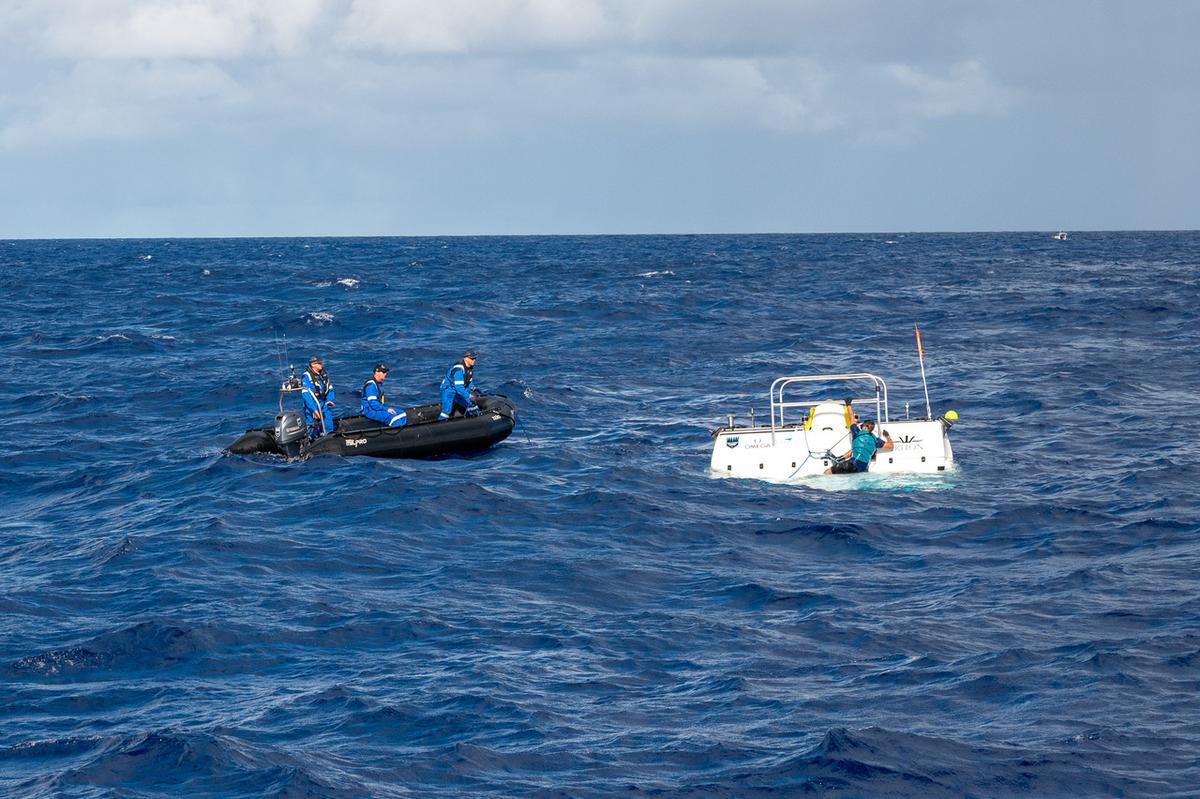
Sullivan is the first woman and the eighth person overall to reach the bottom of the trench, succeeding Don Walsh and Jacques Picard in 1960 and “Titanic” film director James Cameron in 2012. Limiting Factor is the first vehicle in history that has repeatedly made the trip.
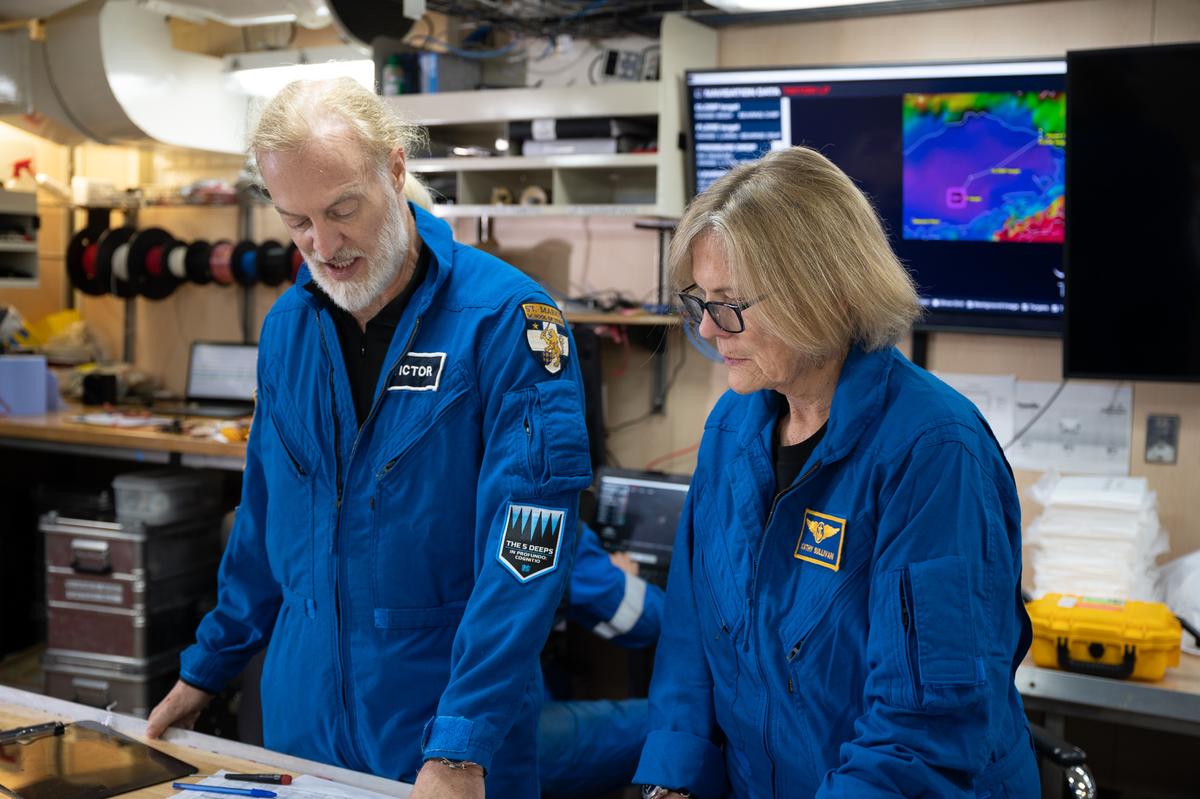
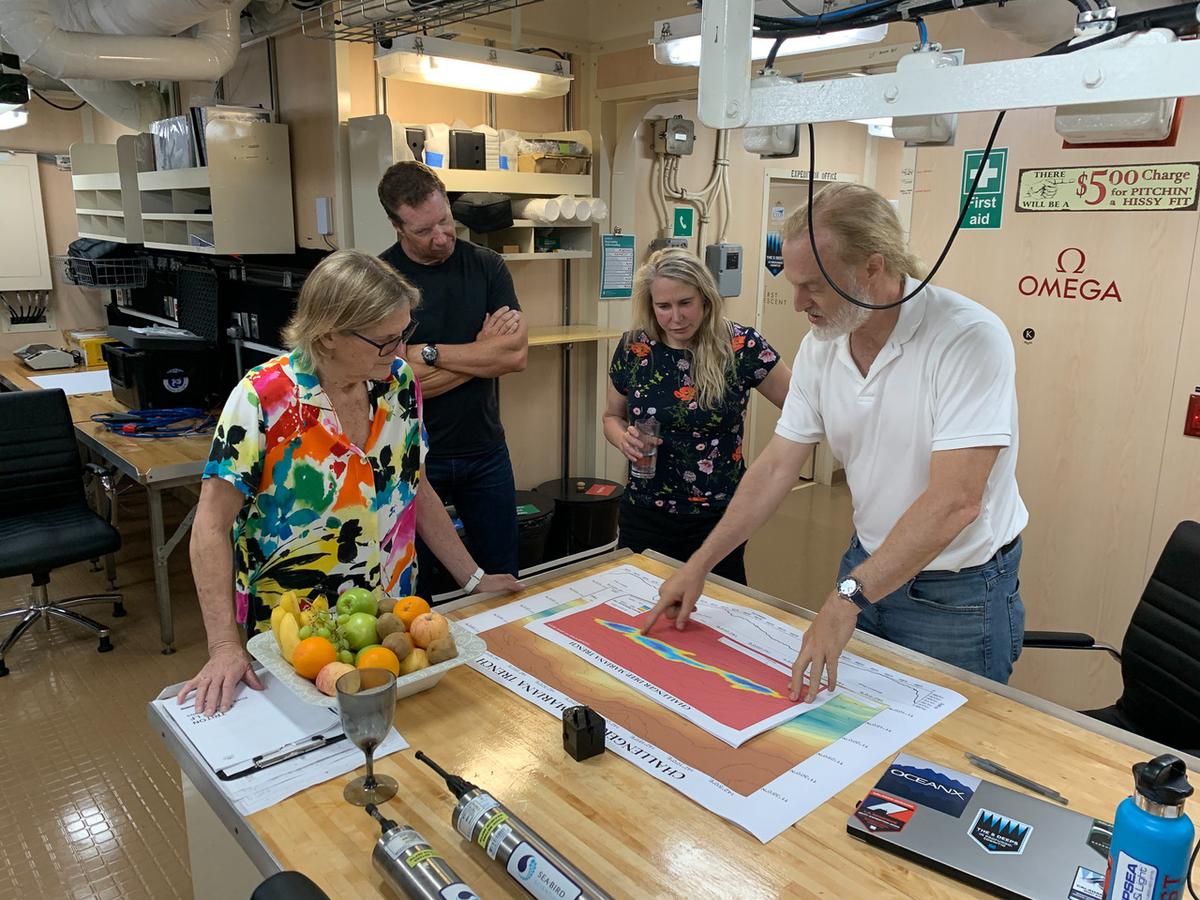
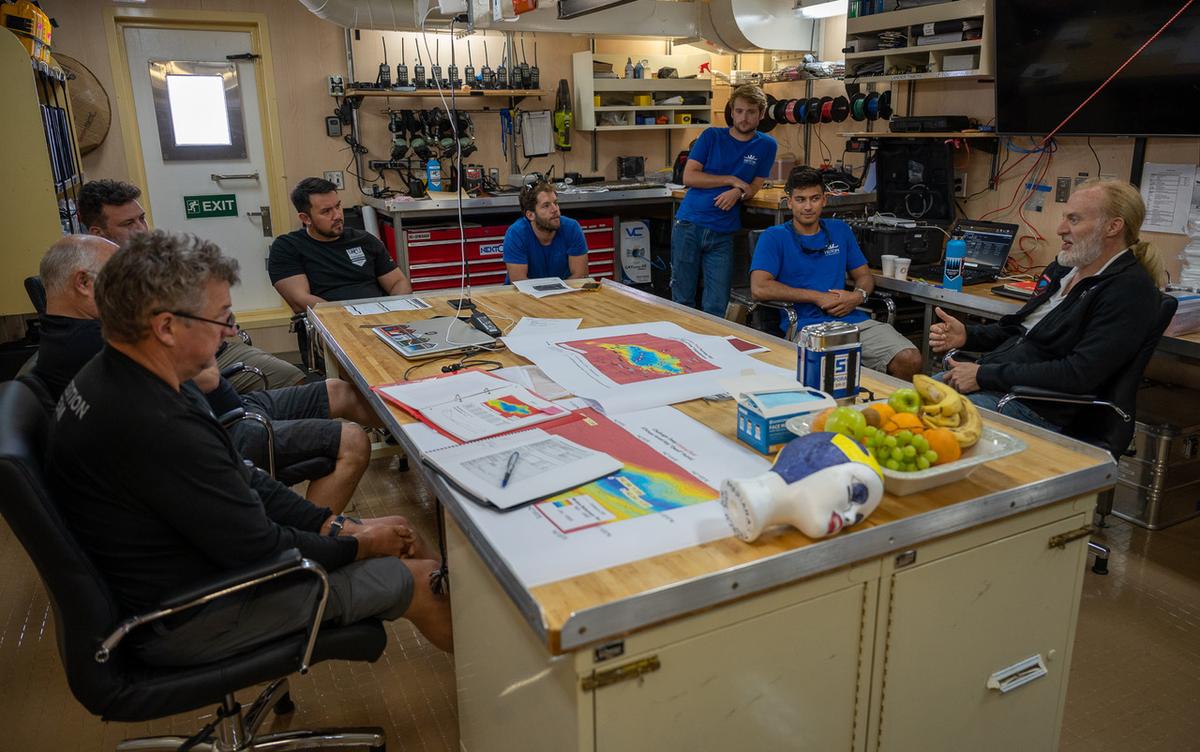
From outer space to the bottom of the ocean floor, Sullivan’s story began almost seven decades ago.
Born in New Jersey on Oct. 3, 1951, she became a NASA astronaut in 1979. A veteran of three space shuttle flights, she became the first American woman to walk in space five years after her admission into the space administration.
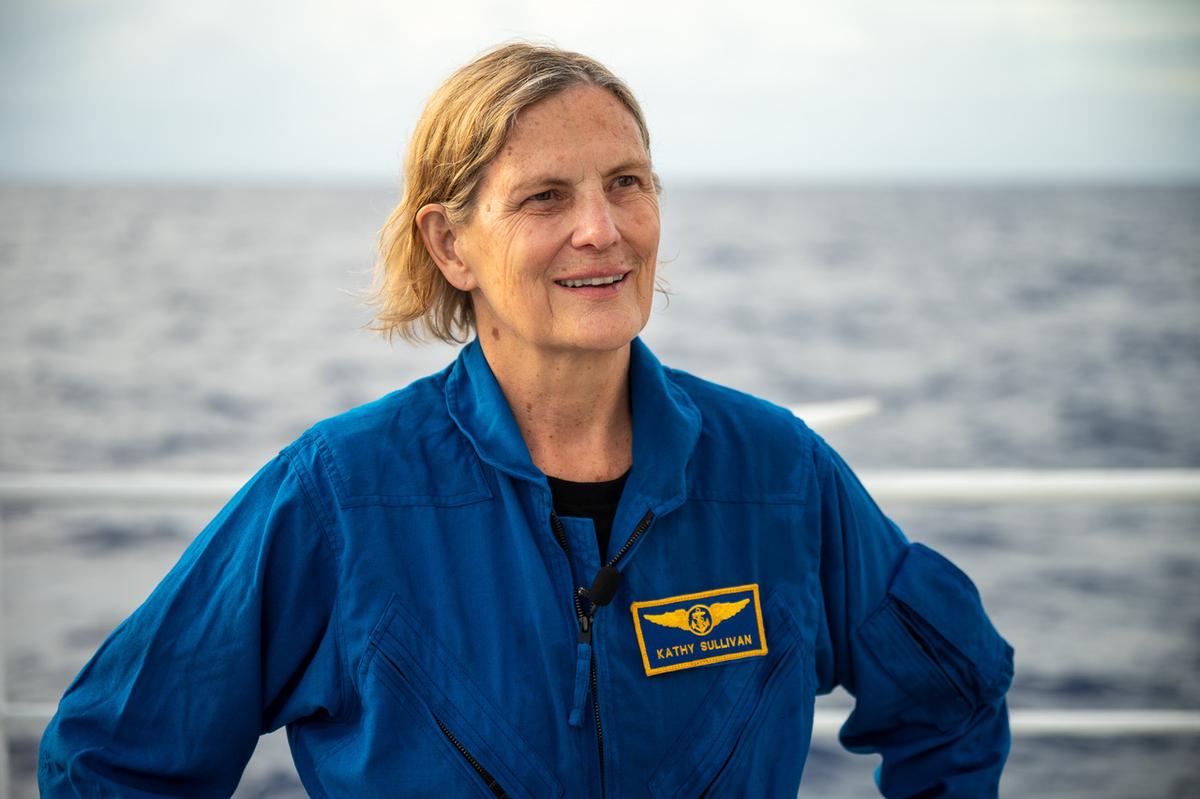
In 2004, Sullivan became an inductee into the Astronaut Hall of Fame.
We would love to hear your stories! You can share them with us at [email protected]

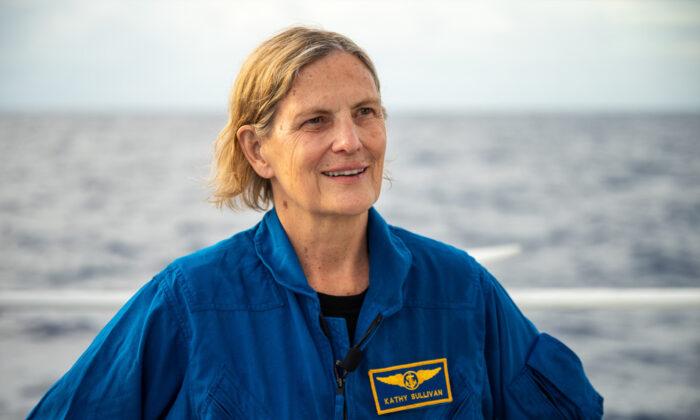




Friends Read Free